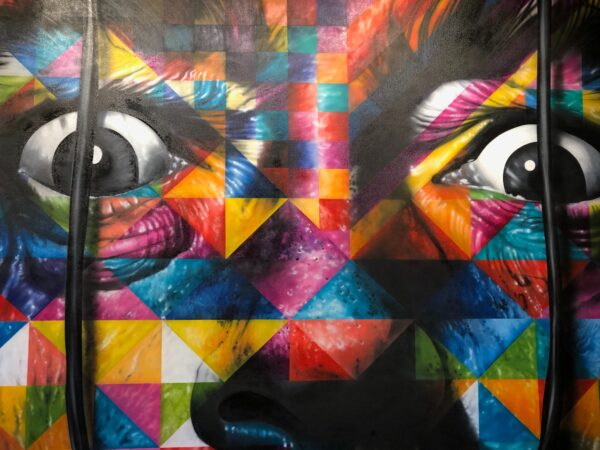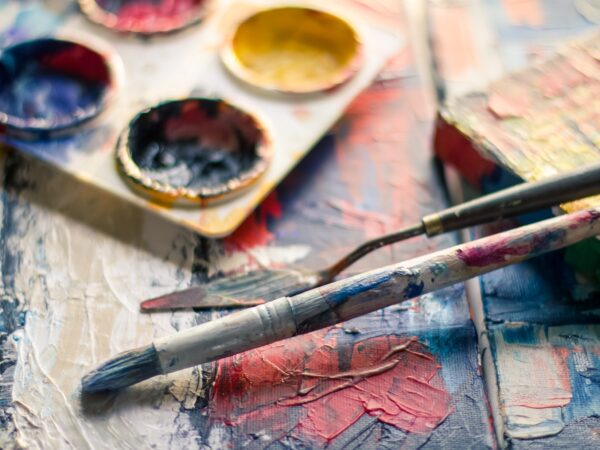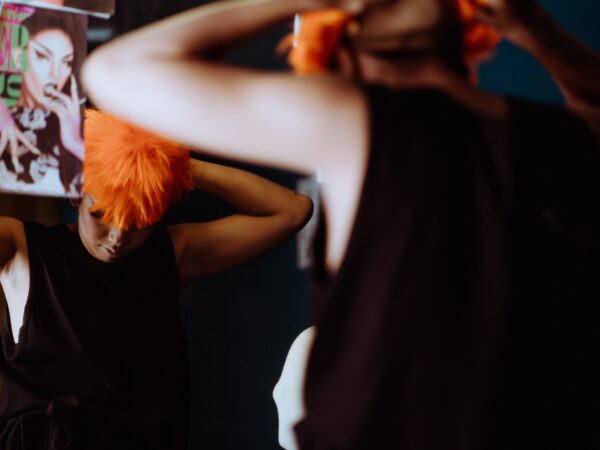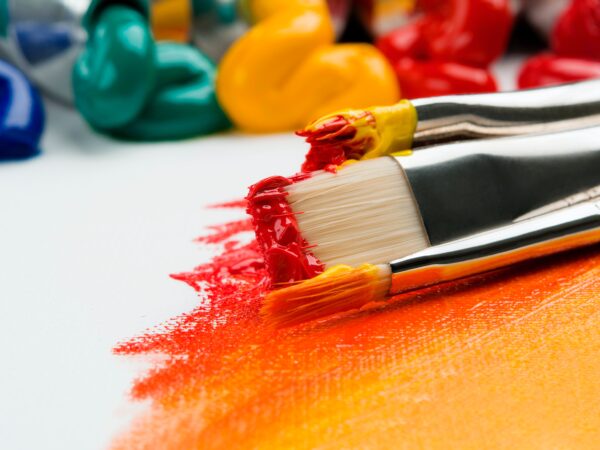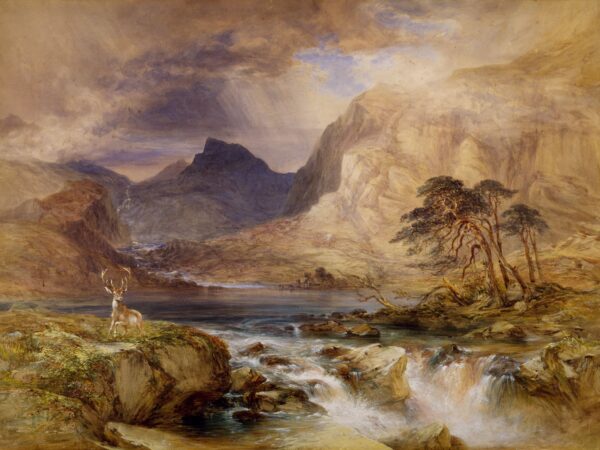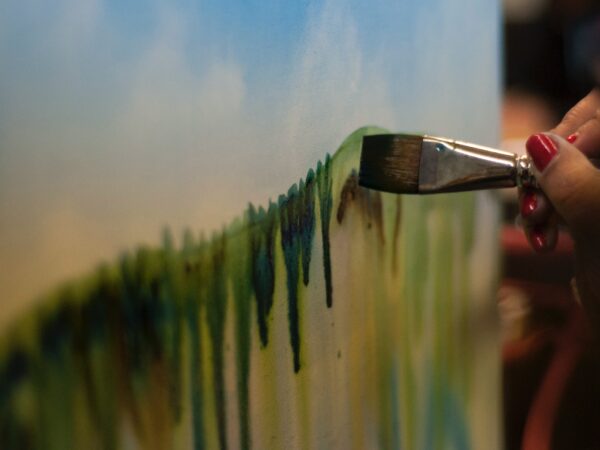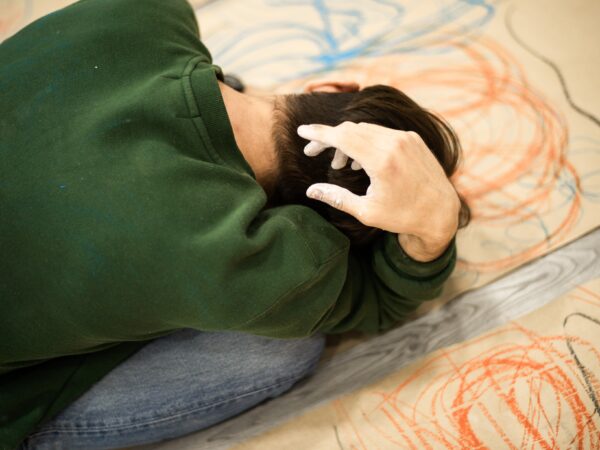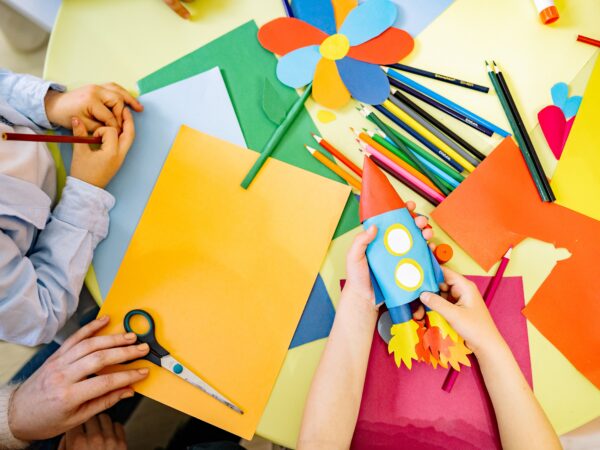A crucial component of art is visual storytelling, which has power to enable creators producing pieces that pique the interest and stir the emotions of the audience.
Every work of art, whether it be a painting, a sculpture, or a photograph, tells a narrative, and the best ones do so by using visual language to do so effectively and compellingly.
Introduction
Humans have used images to share their tales and experiences with others from the dawn of time, from early cave drawings to contemporary digital art.
The power of visual storytelling rests in its capacity to arouse emotion, carry us to other realms, and meaningfully unite us with others.
Storytelling Through Symbolism and Metaphor
The use of symbolism and metaphor is one way that artists convey meaning to the viewer.
Complex thoughts and emotions can be expressed through symbols and metaphors, frequently without the use of words. A broken mirror, for instance, can indicate feelings of loss or disintegration, but the placement of a heart-shaped object in a painting can portray a sense of love and passion.
When symbolism and metaphor in art speak to the viewer’s experiences and emotions, it has a greater impact. Artists can produce works that profoundly and meaningfully speak to the human experience by drawing on universal themes and archetypes.
Narrative in Art
Narrative is another technique used by artists to tell stories. Using a succession of pictures or scenes, narrative art creates a tale that develops through time.
The epic tales found in mythology and religion as well as the individualized, intimate tales of individual experiences are all examples of narrative art. The power of narrative art lies in its capacity to engender a feeling of immersion and involvement, pulling the audience into the tale and enabling them to have a very personal experience of it.
Emotion and Mood in Art
Ultimately, artists transmit mood and emotion through visual narrative. Artists can use color, composition, and lighting to produce works that inspire a certain mood or feeling. Warm colors and soft lighting, for instance, might evoke feelings of intimacy and comfort, whereas cool colors and harsh lighting can evoke feelings of loneliness and dread.
The potential of visual storytelling to build an emotional bond between the viewer and the artwork is its greatest strength. Artists can produce works that have a strong and long-lasting impact on the audience by invoking a specific emotion or atmosphere.
Conclusion
In conclusion, the power of visual storytelling in art lies in its ability to create works that capture the imagination, evoke emotion, and connect us to others in meaningful ways.
Whether through the use of symbolism, narrative, or mood, artists use their work to tell compelling stories that engage and captivate the viewer.
However, As we continue to explore the role of art in human experience, we gain a deeper appreciation for the power of visual storytelling to shape our perceptions of the world around us.



